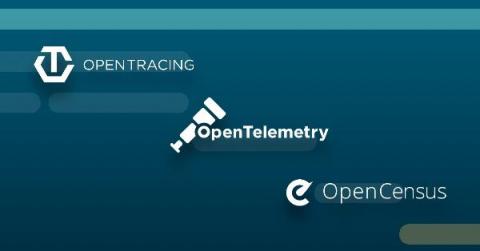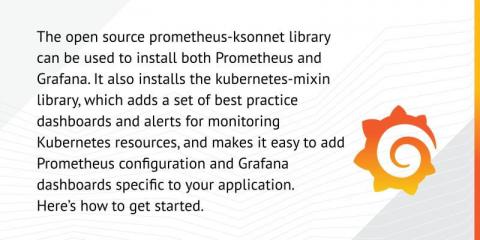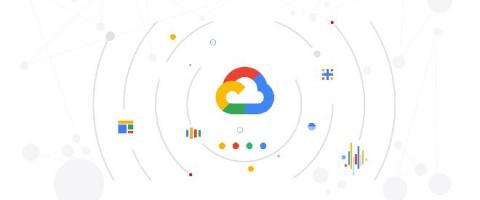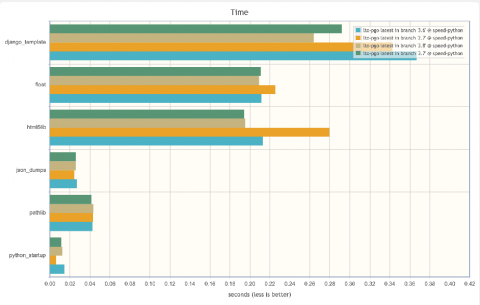Monitor Apache Airflow with Datadog
Apache Airflow is an open source system for programmatically creating, scheduling, and monitoring complex workflows including data processing pipelines. Originally developed by Airbnb in 2014, Airflow is now a part of the Apache Software Foundation and has an active community of contributing developers. Airflow represents workflows as Directed Acyclic Graphs (DAGs), which are made up of tasks written in Python. This allows Airflow users to programmatically build and modify their workflows.











